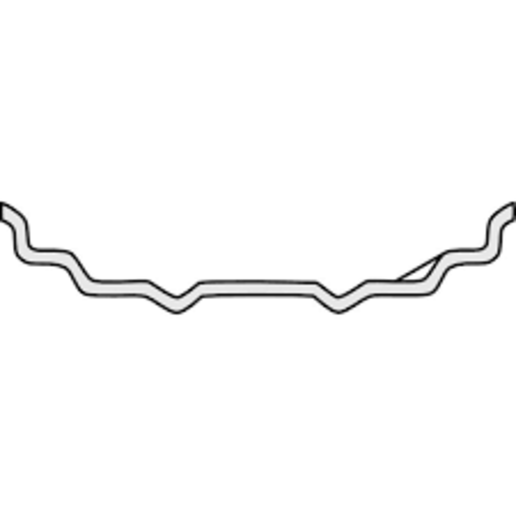I am looking for some input on tires for a newly acquired Farmall H (I think it is referred to a row crop, it has the narrow front end) that has a loader on it. I need to replace all of the tires on it but I am not sure what tires to look for. I am going to be replacing the rear tires first. It currently has 15.5-38, one of them has no tread left on it and the other one is dry rotted and will not hold air. It does have a bucket on it but I think it is really big, around 5 feet long (I don't have the exact size of it right now). Can I go with a narrower tire or should I stick with the size I have. Considering the price of new tires and I really do not not know how the tractor performs (I just got it running but) I am going to be looking for used tires. I do have wheel weights for it but I am unsure if they are large enough or should I consider filling the tires with liquid.
I am new to the Farmall world and from what I am seeing, they are a well built tractor.
Any advice would be greatly appreciated.
Thanks
I am new to the Farmall world and from what I am seeing, they are a well built tractor.
Any advice would be greatly appreciated.
Thanks



